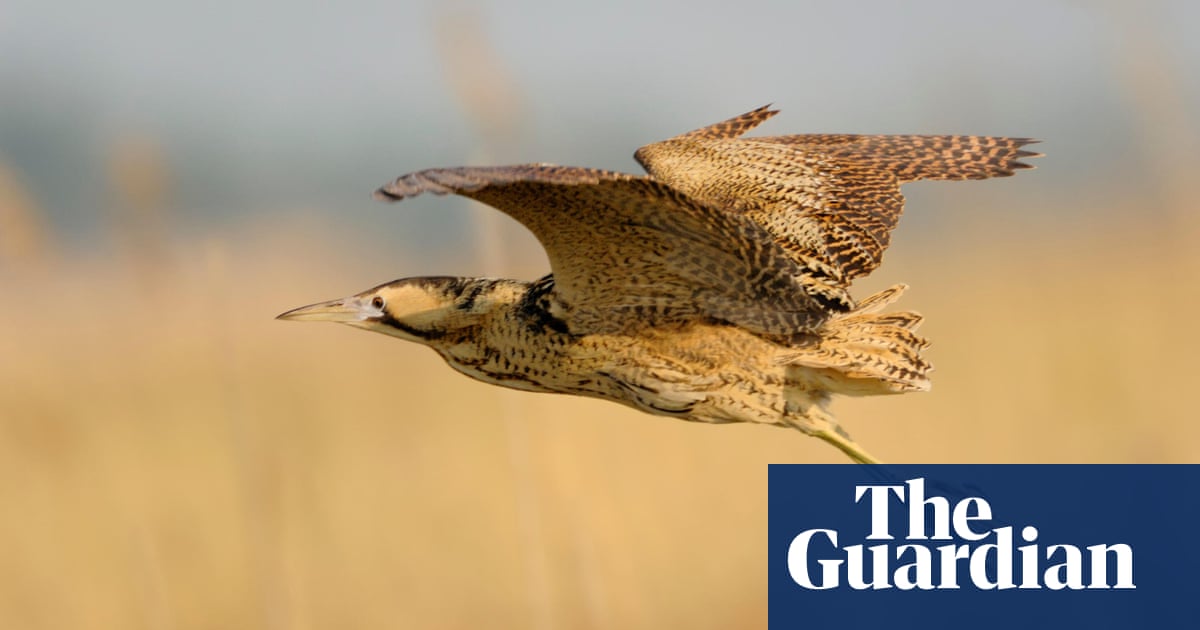- cross-posted to:
- science
- cross-posted to:
- science
Britain’s loudest bird has had a very successful breeding year, with 24% more male bitterns recorded doing their mating “booming” noise in 2023 compared with five years ago.
Conservationists for the RSPB recorded 234 males across England and Wales including at 11 new sites. The member of the heron family was mating in areas of new habitat created at the RSPB site Leighton Moss and on the Isle of Sheppey.
The birds are hard to spot, despite their large size, because they are secretive and successful at camouflaging themselves among reeds. However, during mating season the male birds make a distinctive “boom” noise to attract a mate. Each “boom” is different depending on which bird is making it, so the males can be counted by following their individual voices. The noise can be heard up to three miles away.
This is the best summary I could come up with:
The member of the heron family was mating in areas of new habitat created at the RSPB site Leighton Moss and on the Isle of Sheppey.
The birds are losing their reedbed habitats due to sea level rise caused by climate breakdown, so it is important that inland areas are created for them to breed in.
They depend on areas with tall reeds and water so they can move, camouflaged, to hunt fish, insects and amphibians.
They returned to Norfolk in 1900 but suffered another drop in numbers to just 11 booming males nationally by 1997 after more destruction of their habitat.
As sea levels continue to rise due to the climate crisis, threatening the loss of valuable reedbed habitat in many coastal areas, these inland breeding sites will act as a refuge for bitterns and other wetland species.
Restoring these habitats also helps to reduce downstream flooding risk and lock up carbon from the atmosphere.
The original article contains 334 words, the summary contains 156 words. Saved 53%. I’m a bot and I’m open source!



